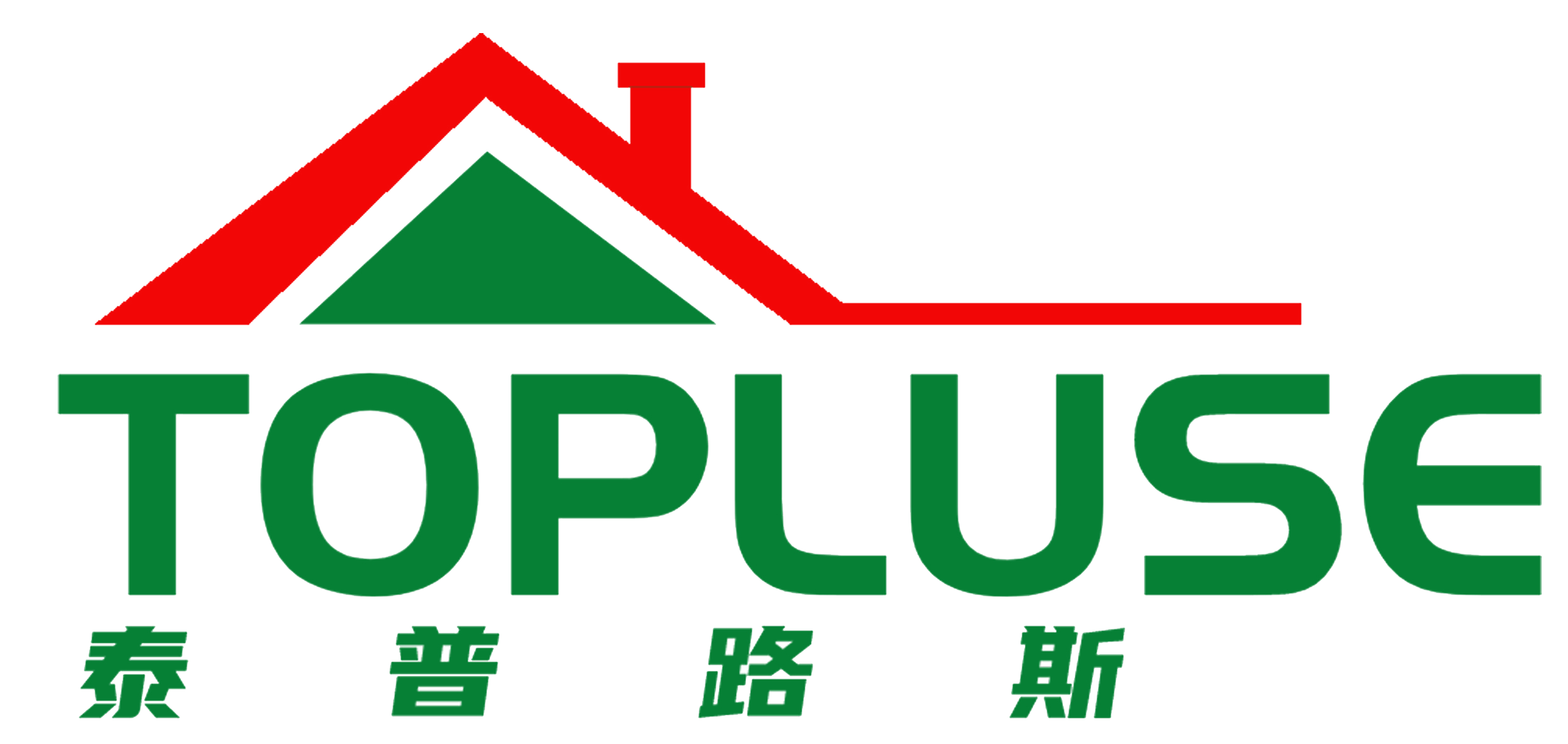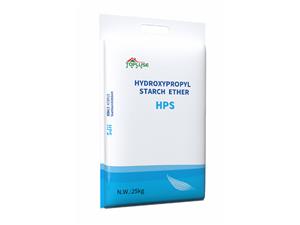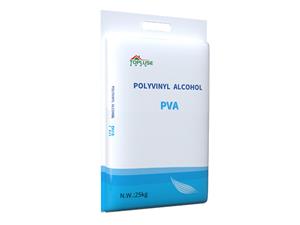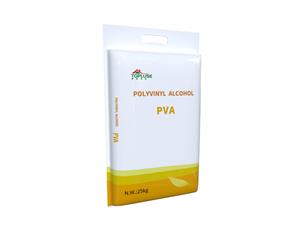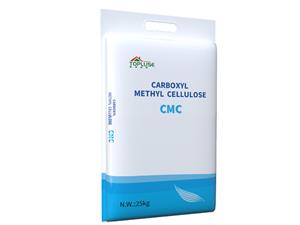The difference between hpmc and hec
The difference between hydroxypropyl methylcellulose and hydroxyethyl cellulose: different characters; Different uses; The solubility is different.
1. Different characters
HPMC:
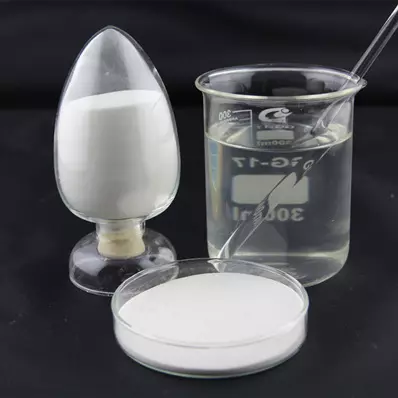
HEC:
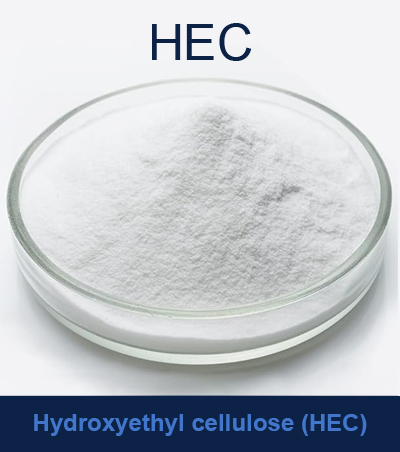
Hydroxypropyl methyl cellulose: white or white-like fibrous or granular powder, belonging to a variety of nonionic cellulose mixed ether. It is a semi-synthetic, inactive and viscoelastic polymer.Hydroxyethyl cellulose: (HEC) is a white or yellowish, odorless and nontoxic fibrous or powdery solid, which is prepared by etherification of basic cellulose and ethylene oxide (or chloroethanol) and belongs to nonionic soluble cellulose ethers.
2. Different uses
Hydroxypropyl methylcellulose: As a thickener, dispersant and stabilizer in coating industry, it has good compatibility in water or organic solvents. As a paint remover; As a dispersant in PVC production, it is the main auxiliary agent for preparing PVC by suspension polymerization; It is also widely used in leather, paper products industry, fruit and vegetable preservation and textile industry.Hydroxyethyl cellulose: used as adhesive, surfactant, colloid protector, dispersant, emulsifier and dispersion stabilizer. It is widely used in coating, ink, fiber, dyeing, papermaking, cosmetics, pesticides, mineral processing, oil recovery and medicine.
3. Different solubility
Hydroxypropyl methylcellulose: almost insoluble in anhydrous ethanol, ether and acetone; Swelling into clear or slightly turbid colloidal solution in cold water.Hydroxyethyl cellulose: It has the properties of thickening, suspension, adhesion, emulsification, dispersion and moisture retention. Solutions with different viscosity ranges can be prepared. It has exceptionally good salt solubility for electrolytes.
